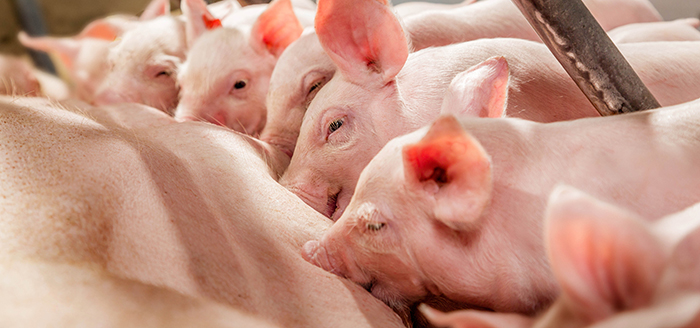Cargill said its new sow feed product LivaPig has been shown to improve piglet birth weights and reduce the number of stillbirths when added to transition and lactating-sow diets.
In UK trials, where LivaPig was added to the diet, at a 1% inclusion rate, from five to seven days before farrowing and until weaning, Cargill said the proportion of stillbirths was reduced by 2.4% and birth weights improved. The number of pigs weaned per litter increased by 0.5, resulting in an extra 1.2 pigs per sow per year.
Cargill UK’s technical pig specialist Maisie Lord said: “LivaPig improves piglet livability – pig livability is the proportion of viable piglets a sow can raise based on stillbirths and pre-weaning mortality.
“It achieves this by increasing the blood flow and, therefore, oxygen and nutrient supply to the reproductive tissue and to the piglets in utero.”
LivaPig is a blend of exclusive ingredients that uses Cargill’s patented nitric oxide boosting technology, trademarked Proxymum. Nitric oxide is naturally present in blood, and it promotes better blood, nutrient and oxygen flow. It is commonly used in food supplements to support performance.
When fed to sows, LivaPig promotes nitric oxide activity and supports the supply of nutrients and oxygen to the piglet in utero, reducing asphyxia and boosting piglet vitality and birth weight, while decreasing the likelihood of stillborn piglets and pre-weaning mortality.
Ms Lord added: “Sow productivity continues to increase, and litter sizes are getting larger, but the proportion of the litter reaching weaning age is decreasing. Stillborn piglets account for between three and eight percent of total born piglets, and pre-weaning mortality ranges from 10% to 20%. Eighty per cent of these losses are in the first three days after birth.
“Stillbirths and preweaning mortality accounts for significant economic loss in our pig herds, and it goes against the drive to improve welfare and performance standards.”




